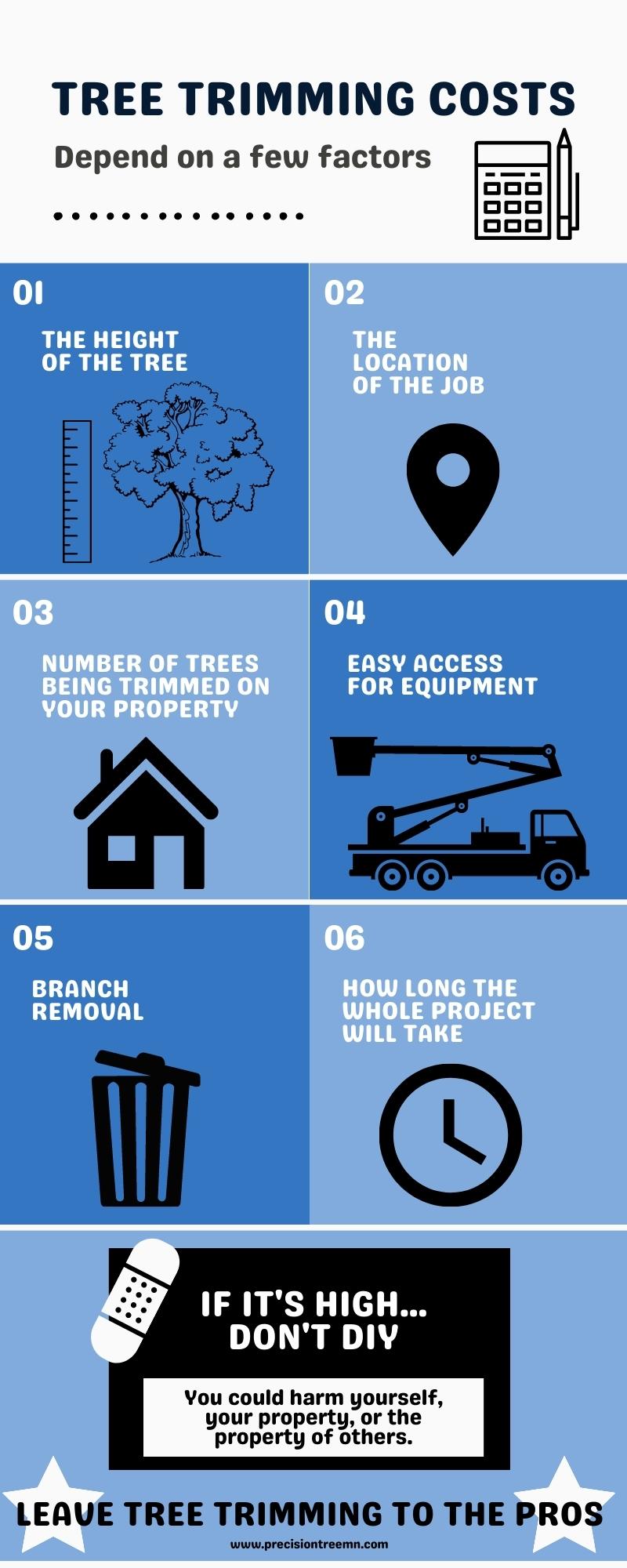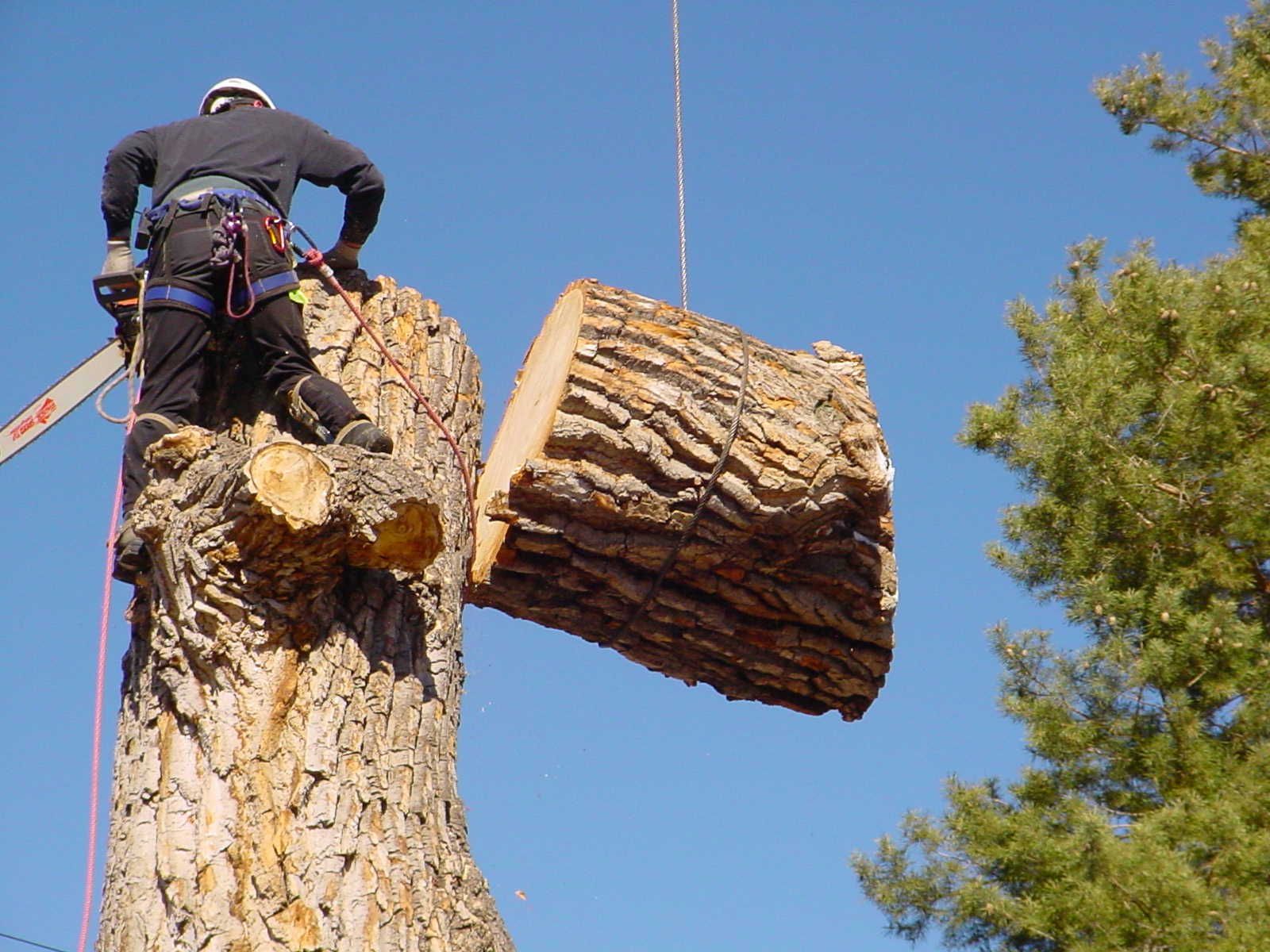Featured
Table of Contents
- – South Cleveland, TN Stump Removal Pricing FAQ
- – Indoor Tree Trimming Costs In South Cleveland,...
- – What Will An Stump Grinding Cost Me In South ...
- – Coverage Costs For Stump Removal In South Cle...
- – Top-Rated Tree Clearing In South Cleveland, T...
- – South Cleveland, TN Tree Service Pricing Brea...
- – How Much Does A Tree Service Cost In South Cl...
- – South Cleveland, TN Tree Removal Pricing Tiers
- – South Cleveland, TN Arborist Market Rates
- – South Cleveland, TN Arborist vs DIY: Price C...
- – Reliable Stump Removal At Fair Prices In Sou...
- – South Cleveland, TN Tree Cutting: Worth The ...
- – Veteran Discounts On Tree Trimming In South ...
- – Best Stump Grinding Reviews In South Clevela...
- – Small Tree Service Costs In South Cleveland,...

The subsections below provide more in-depth details about rates, including an average range for each. TypeAverage Removal CostPineConiferPalmMagnoliaArborvitaeAshCedarSweet GumEucalyptusSycamoreCypressOakMaplePoplar You can anticipate to pay in between to get rid of a pine, depending on its size. Removing a pine is among the more budget-friendly tasks unless it is one that has actually been around for years and is quite big.
South Cleveland, TN Stump Removal Pricing FAQ
Pines also have a tap root that grows deep into the soil, which can prove to be harder to eliminate. The process itself involves a professional cutting the tree, clearing the base, cutting the surface area roots, getting rid of the stump, and lastly dealing with the soil. Without a professional hand, you run the risk of leaving pine seedlings behind, which will fall from the roots of distressed pines.
Indoor Tree Trimming Costs In South Cleveland, TN
The U.S. nationwide average for conifer removal is roughly to have the conifer lowered, carried away, and the stump ground or gotten rid of entirely. Conifers are usually simpler to get rid of, and even though they can grow quite high, they do not cost a fortune to get rid of. Conifers include pine, spruce, fir, and juniper trees.
What Will An Stump Grinding Cost Me In South Cleveland, TN
While conifers are beautiful, they eliminate native plants and particular types of turf (tree cutting). The typical price of palm elimination depends on the height as much as the type, varying from.
Coverage Costs For Stump Removal In South Cleveland, TN
That is why it is very important to know which type you are eliminating. While you do not require an herbicide to kill a palm tree, there are some steps your removal expert will need to take to guarantee the task is done correctly. There are 2 ways they can eliminate them: by chopping them down or digging them up.
Top-Rated Tree Clearing In South Cleveland, TN: Pricing
From there, they remove the real tree and then the stump. Anticipate to pay between to eliminate this type of tree, depending on the exact size and details of the job.
South Cleveland, TN Tree Service Pricing Breakdown
There are 3 types: green, white, and black ash. White ash is known for its many colors. With its gray-tinged bark, its leaves are green or purple in the spring and golden yellow or purplish-red in the fall. They take pleasure in moderate climates and lots of sun. The green ash is named such due to its green or yellow foliage.
How Much Does A Tree Service Cost In South Cleveland, TN

Nevertheless, the bark is softer, and it flowers later on in the year. Due to the variation in height, the elimination rate variation is wide from. A coniferous, evergreen tree, the cedar is a sturdy species. Real cedars enjoy higher altitudes, mainly in the Mountain ranges and the Mediterranean. A real cedar can grow as high as 160 feet in height and is typically planted in the United States as a landscape alternative.
South Cleveland, TN Tree Removal Pricing Tiers
The growth of false cedars differs from 50 feet up to 230 feet high. With star-shaped leaves and sensational fall colors, the sweet gum is thought about a medium to big tree.
South Cleveland, TN Arborist Market Rates
It has a huge root base of 40 to 50 feet, which affects the elimination cost. Generally, it costs between to get rid of a eucalyptus. Eucalyptus are not common all over, but they are rather big compared to others, which is why even the smaller sized ones are so costly to get rid of. Originally from Australia, eucalyptus are intrusive plants that grow in thick groves that secure native plants.
South Cleveland, TN Arborist vs DIY: Price Comparison
There are a handful of ways to do this, including burning, pulling, grinding, or killing them with herbicide. Expect to pay between to eliminate sycamores, based upon the height, trunk size, and quantity of work involved. Sycamores are among the biggest wood trees, generally varying from 60 to 100 feet tall and as broad as 15 feet.
Reliable Stump Removal At Fair Prices In South Cleveland, TN
The very first 2 actions will expose the within the tree and cut off the flow of nutrients up the trunk. From there, an expert applies herbicide to kill the tree and reduce the trunk. Then, they will kill the stump. Otherwise, new sprouts might grow from it. Lowering and getting rid of a mature cypress could cost as much as.
South Cleveland, TN Tree Cutting: Worth The Cost?
There are many various kinds of Cypress trees, however the most prevalent are the Leyland, Arizona, Bald, and Italian. The Bald Cypress grows in swampy or very wet areas while the others take pleasure in a dry, warm, or hot environment (tree removal). They can grow as tall as 80 to 100 feet high
Veteran Discounts On Tree Trimming In South Cleveland, TN

Prone to illness, the Cypress is one of the most valued woods for furniture. The typical oak grows to around 60 feet, and depending on the complexity of the removal, it costs an average of to eliminate. The exact size of your oak and the effort needed to fell it affect what you will actually pay for removal along with any extra services like stump grinding.
Best Stump Grinding Reviews In South Cleveland, TN
Access to the trees and the roots will also affect the overall cost. Maples are generally amongst the more expensive trees to remove due to the fact that of their size and the work included in the elimination.
Small Tree Service Costs In South Cleveland, TN
Growing as high as 90 to 115 feet, these massive woods are generally found in North America and consist of the aspen, cottonwood, and balsam trees. The process to remove trees involves all the trimming and cutting of the branches and trunk, bringing it down to a stump.
Table of Contents
- – South Cleveland, TN Stump Removal Pricing FAQ
- – Indoor Tree Trimming Costs In South Cleveland,...
- – What Will An Stump Grinding Cost Me In South ...
- – Coverage Costs For Stump Removal In South Cle...
- – Top-Rated Tree Clearing In South Cleveland, T...
- – South Cleveland, TN Tree Service Pricing Brea...
- – How Much Does A Tree Service Cost In South Cl...
- – South Cleveland, TN Tree Removal Pricing Tiers
- – South Cleveland, TN Arborist Market Rates
- – South Cleveland, TN Arborist vs DIY: Price C...
- – Reliable Stump Removal At Fair Prices In Sou...
- – South Cleveland, TN Tree Cutting: Worth The ...
- – Veteran Discounts On Tree Trimming In South ...
- – Best Stump Grinding Reviews In South Clevela...
- – Small Tree Service Costs In South Cleveland,...
Latest Posts
Choosing The Right Stump Removal In Northford, CT: Price vs Quality
Kingston, PA Arborist Reviews: Are They Worth It
Premium Stump Grinding Prices In White Horse, NJ
More
Latest Posts
Choosing The Right Stump Removal In Northford, CT: Price vs Quality
Kingston, PA Arborist Reviews: Are They Worth It
Premium Stump Grinding Prices In White Horse, NJ